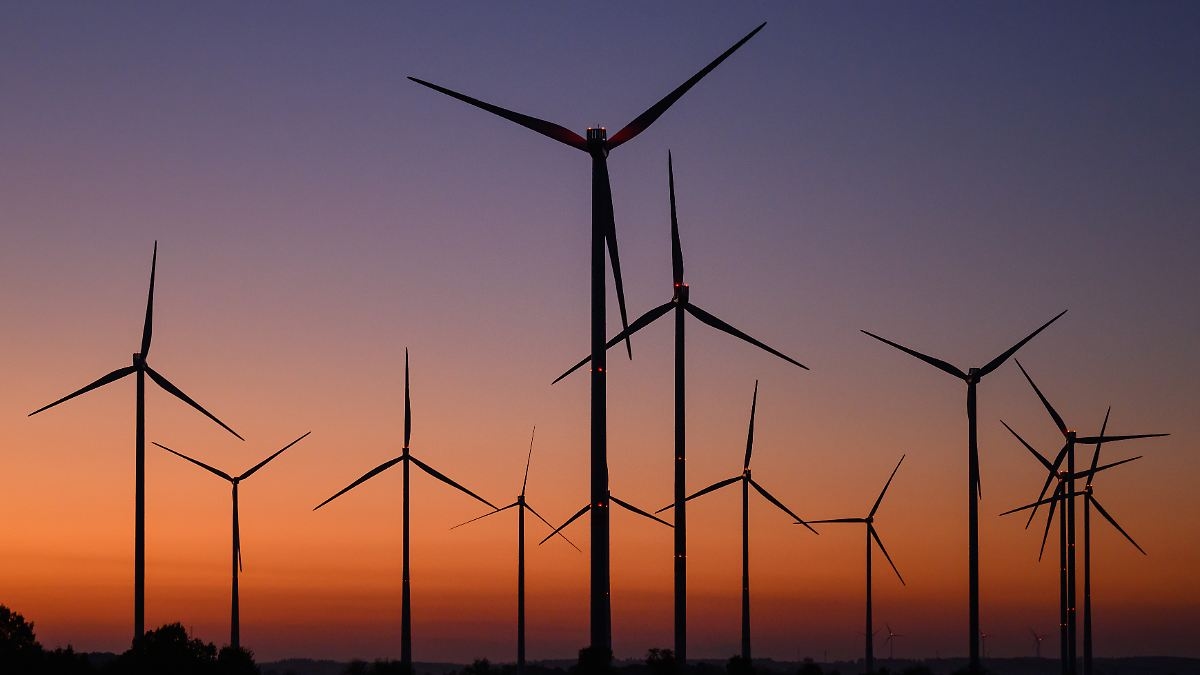This is how wind and solar planners secure their right to a grid connection

For planners of renewable energy projects, grid connection is the linchpin of the investment. Without it, there's no electricity flow, and without electricity feed-in, no project is viable. A recent analysis by the Environmental Energy Law Foundation therefore addresses the crucial question: How does the plant get connected to the grid?
How to stabilize the network. Watch a webinar recording on network-forming properties now.
The central message: The right to grid connection under the Renewable Energy Sources Act (EEG) is largely unconditional and priority. Grid operators must connect plants immediately – even if their grid still needs to be upgraded or expanded. In short: When in doubt, the grid follows the plant.
What planners need to know: Rights when connecting
A legal right rather than a matter of negotiation: The right to a connection applies regardless of contracts or capacities. The network operator may only refuse connection if it is technically or economically unreasonable or impossible—which is extremely rare in practice. Insufficient network reserves expressly do not count as such.
Separating grid connection and access: Connecting the system and permanently feeding electricity into the grid are legally two steps. Even if the grid is temporarily overloaded, the connection must be established. The grid operator can then temporarily throttle the feed-in using redispatch management – but the operator receives compensation for this.
Read more about Germany's first feed-in socket.
Costs are clearly distributed: The operator pays for the line up to the grid connection point, and the grid operator bears the costs for upgrading and expanding its grid (Sections 16 and 17 of the Renewable Energy Sources Act). A "connection fee" like that used in other EU countries is not permitted in this country.
In practice, the choice of grid connection point often determines the effort and cost-effectiveness: If the connection point is located far away, connection costs can quickly climb into the hundreds of thousands. According to Section 8 of the Renewable Energy Sources Act (EEG), the point should be located where the overall costs are lowest—taking into account both the construction costs of the line and the costs of grid expansion.
Read more about the expansion of renewables and the power grid here.
However, this macroeconomic perspective can mean that the most favorable point from the grid operator's perspective is expensive for the plant planner. The only solution here is to transparently share cost bases, review calculations, and, if necessary, have them legally reviewed.
Flexible grid connection agreements
Since February 2025, the Renewable Energy Sources Act (EEG) has permitted so-called flexible grid connection agreements (FCAs). These can be a new tool for planners to expedite connection. The principle: The operator voluntarily agrees to limit its feed-in temporarily or permanently – and in return receives a better-located or more quickly available grid connection point.
You can find out more about network connection points and mobility here.
Three models are possible: static: permanently reduced maximum feed-in power, dynamic: variable power depending on the grid situation, fully dynamic: flexible control by the grid operator within agreed limits.
However, such agreements are only permitted on a voluntary basis. A grid operator may not make connection dependent on the signing of an FCA. The Environmental Energy Law Foundation sees this as an opportunity to better utilize grid capacity—but not as a substitute for the clear legal requirement.
Practical tips for planners
Provide information early: Contact network operators as early as possible and clarify technical requirements and responsibilities.
Maintain procedural documentation: Provide written evidence of when each follow-up request was submitted and answered.
Check cost calculation: If the offered grid point seems disproportionately expensive, request a total cost comparison according to Section 8 EEG.
Contractually fix restrictions: Only waive benefits voluntarily – and examine compensation for reductions.
Consider new FCA options: For projects in bottleneck areas, a flexible agreement can save time and money.
Conclusion: Connection delays can be shortened
The right to grid connection is one of the most powerful tools in the Renewable Energy Sources Act (EEG) – and legally, it clearly favors plant operators. Grid operators must connect, even if their grid isn't yet ready. For planners, this means knowing their rights is key to bringing projects to fruition despite grid expansion gaps. Those who utilize the legal framework and intelligently utilize the new flexibility options can shorten connection delays – and accelerate the energy transition locally.
erneuerbareenergien




